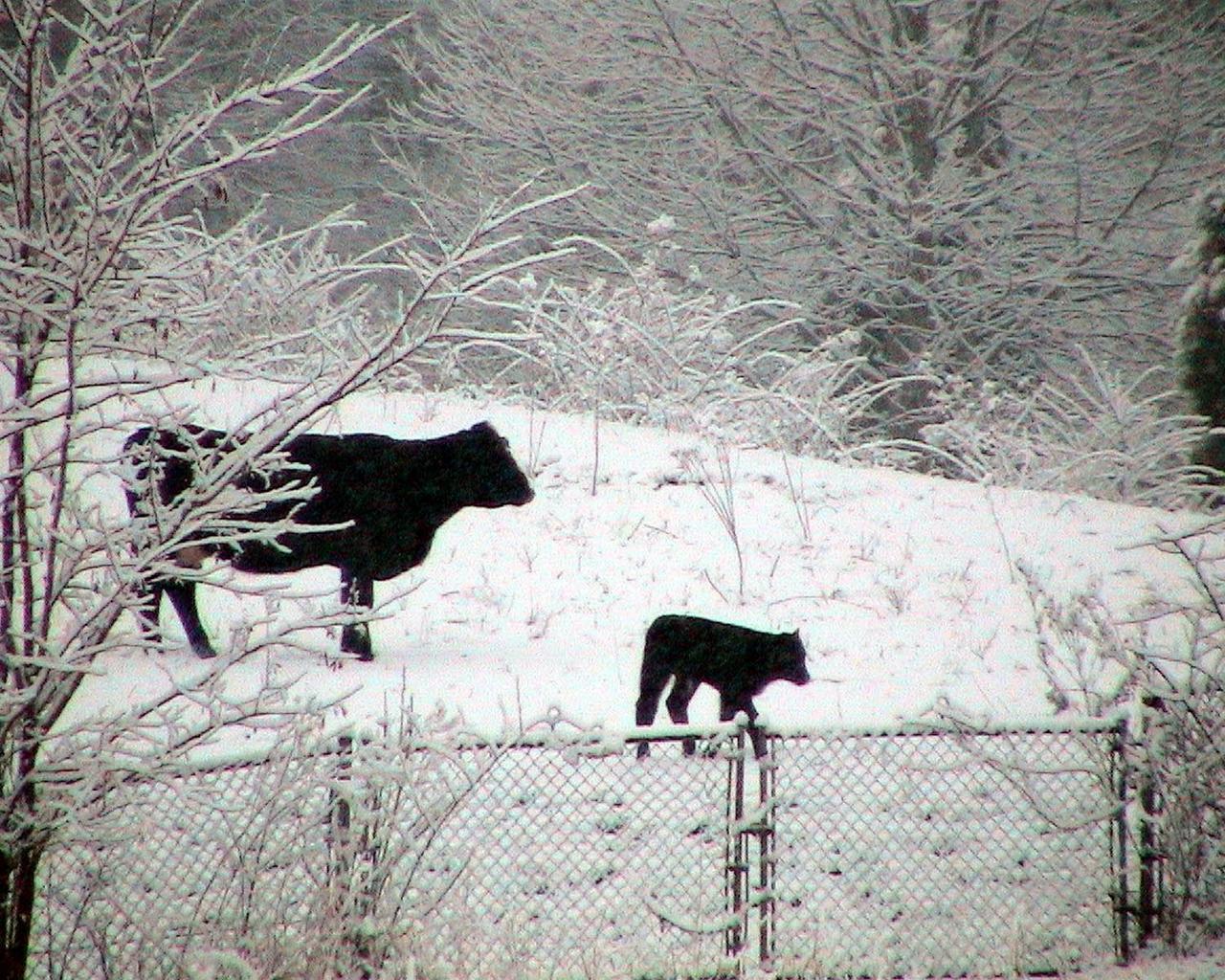Preparing a Winter Emergency Kit for Livestock
go.ncsu.edu/readext?829594
en Español / em Português
El inglés es el idioma de control de esta página. En la medida en que haya algún conflicto entre la traducción al inglés y la traducción, el inglés prevalece.
Al hacer clic en el enlace de traducción se activa un servicio de traducción gratuito para convertir la página al español. Al igual que con cualquier traducción por Internet, la conversión no es sensible al contexto y puede que no traduzca el texto en su significado original. NC State Extension no garantiza la exactitud del texto traducido. Por favor, tenga en cuenta que algunas aplicaciones y/o servicios pueden no funcionar como se espera cuando se traducen.
Português
Inglês é o idioma de controle desta página. Na medida que haja algum conflito entre o texto original em Inglês e a tradução, o Inglês prevalece.
Ao clicar no link de tradução, um serviço gratuito de tradução será ativado para converter a página para o Português. Como em qualquer tradução pela internet, a conversão não é sensivel ao contexto e pode não ocorrer a tradução para o significado orginal. O serviço de Extensão da Carolina do Norte (NC State Extension) não garante a exatidão do texto traduzido. Por favor, observe que algumas funções ou serviços podem não funcionar como esperado após a tradução.
English
English is the controlling language of this page. To the extent there is any conflict between the English text and the translation, English controls.
Clicking on the translation link activates a free translation service to convert the page to Spanish. As with any Internet translation, the conversion is not context-sensitive and may not translate the text to its original meaning. NC State Extension does not guarantee the accuracy of the translated text. Please note that some applications and/or services may not function as expected when translated.
Collapse ▲As the air becomes crisp and cool, we are reminded that cold and wet winter weather is around the corner. Are you prepared? Is your livestock prepared? Below is a suggested checklist for a winter livestock emergency kit. This kit is designed to be utilized in the event of a livestock emergency. The items in the kit should pertain to the particular species of livestock in your operation. Items suggested below can be utilized by a wide variety of livestock. Specialized items will be specified as to which animal they are intended for. This kit should be stored in a safe but easily accessible location near your barn or feeding area. The contents suggested below will need to be in a temperature-regulated environment to avoid spoilage or damage.
CHECKLIST
- Medium/large clear plastic container with locking lid (for holding all supplies)
- Small plastic container with locking lid (for small items i.e., needles and syringes)
- Towels
- Wash clothes
- Clean non-used bucket
- Milk jug (filled with clean drinkable water)
- Pedialyte (clear, non-flavored)
- Hot hands (large and small)
- Heating pad or blanket (used only under supervision)
- Small /medium tarp
- Gloves (insulated waterproof and rubber)
- Large oral syringe
- Various sized syringes and needles
- Oral-gastric feeding tubes (size and type depend on the animal)
- Nutri-Drench or other nutrient-rich oral liquid (goats & sheep)
- Fortified B-complex (goats, sheep, and cattle)
- Electrolytes (species-specific)
- Milk replacer (species-specific)
- Bottle and nipple (size depending on the animal)
- Change of clothes
Please contact Michelle South, Area Extension Agent, Agriculture-Livestock, North Carolina Cooperative Extension-Avery County Extension Center at 828-733-8270 for more information.
The use of brand names and any mention or listing of commercial products or services does not imply endorsements by North Carolina State University nor discrimination against similar products or services not mentioned.




